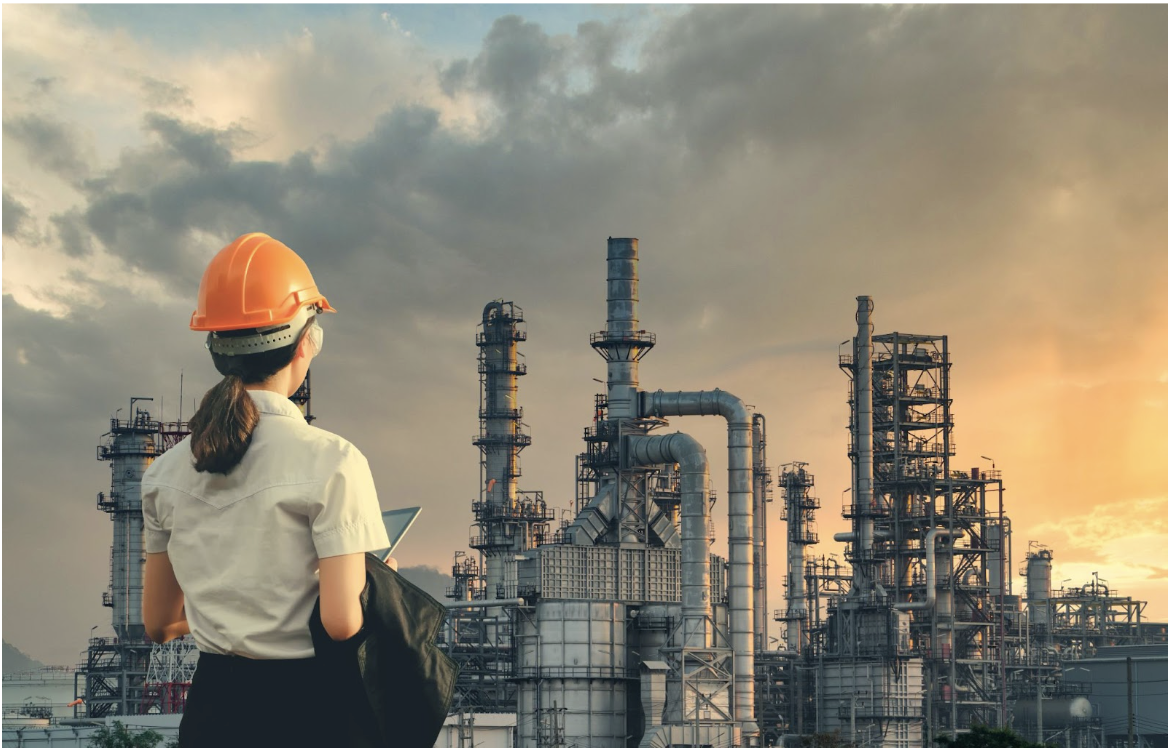- Call Us: + 91-22-69589800
- UNITOP CHEMICALS
- We manufacture surfactants and emulsifiers
- unitop.info@rossari.com

In the world of chemical manufacturing, selecting the right catalyst for chemical processes can make the difference between a successful, efficient operation and a costly, underperforming one. Catalysts are the unsung heroes of the chemical industry, accelerating reactions, improving selectivity, and ultimately enhancing productivity. This guide will walk you through the key considerations for choosing the perfect catalyst for your specific chemical process.
Understanding Your Process
Before diving into catalyst selection, it’s crucial to have a comprehensive understanding of your chemical process:
1. Reaction Type: Identify whether your process involves oxidation, reduction, polymerization, or another type of reaction.
2. Desired Outcome: Clearly define your target product and required purity levels.
3. Operating Conditions: Know the temperature, pressure, and pH ranges of your process.
4. Feedstock Composition: Understand the nature and purity of your starting materials.
Key Factors in Catalyst Selection
1. Activity and Selectivity
The ideal catalyst for chemical processes should offer high activity (reaction rate) and selectivity (favoring the desired product). However, these properties often involve trade-offs:
– High activity may lead to faster reactions but could compromise selectivity.
– High selectivity might result in slower reaction rates.
Strive for a balance that meets your process requirements.
2. Stability and Lifespan
Consider how long the catalyst will remain effective under your process conditions:
– Thermal stability: Can it withstand your operating temperatures?
– Chemical stability: Will it resist deactivation by reactants, products, or impurities?
– Mechanical stability: For solid catalysts, will it maintain its structure under process conditions?
A longer catalyst lifespan often translates to reduced downtime and lower operating costs.
3. Recyclability and Regeneration
For cost-effective operations, consider:
– Ease of separation from the product stream
– Potential for regeneration and reuse
– Number of cycles before significant activity loss
4. Compatibility with Existing Infrastructure
Evaluate whether the catalyst:
– Requires special handling or storage
– Necessitates modifications to your current equipment
– Aligns with your safety protocols and environmental regulations
5. Economic Considerations
While performance is crucial, don’t overlook the economics:
– Initial catalyst cost
– Expected lifespan and replacement frequency
– Potential process improvements (yield, energy savings)
– Impact on downstream purification costs
6. Environmental Impact
In today’s sustainability-focused landscape, consider:
– The catalyst’s carbon footprint
– Potential for using bio-based or recycled materials
– Toxicity and disposal requirements

Types of Catalysts to Consider
The Selection Process
Selecting the perfect catalyst for chemical processes is a complex but crucial task. By carefully considering these factors and following a systematic approach, you can identify a catalyst that not only meets your current needs but also positions your process for long-term success and sustainability.
Remember, the right catalyst can transform your chemical process, leading to improved efficiency, reduced costs, and enhanced product quality. Take the time to make an informed decision, and don’t hesitate to seek expert advice when needed.